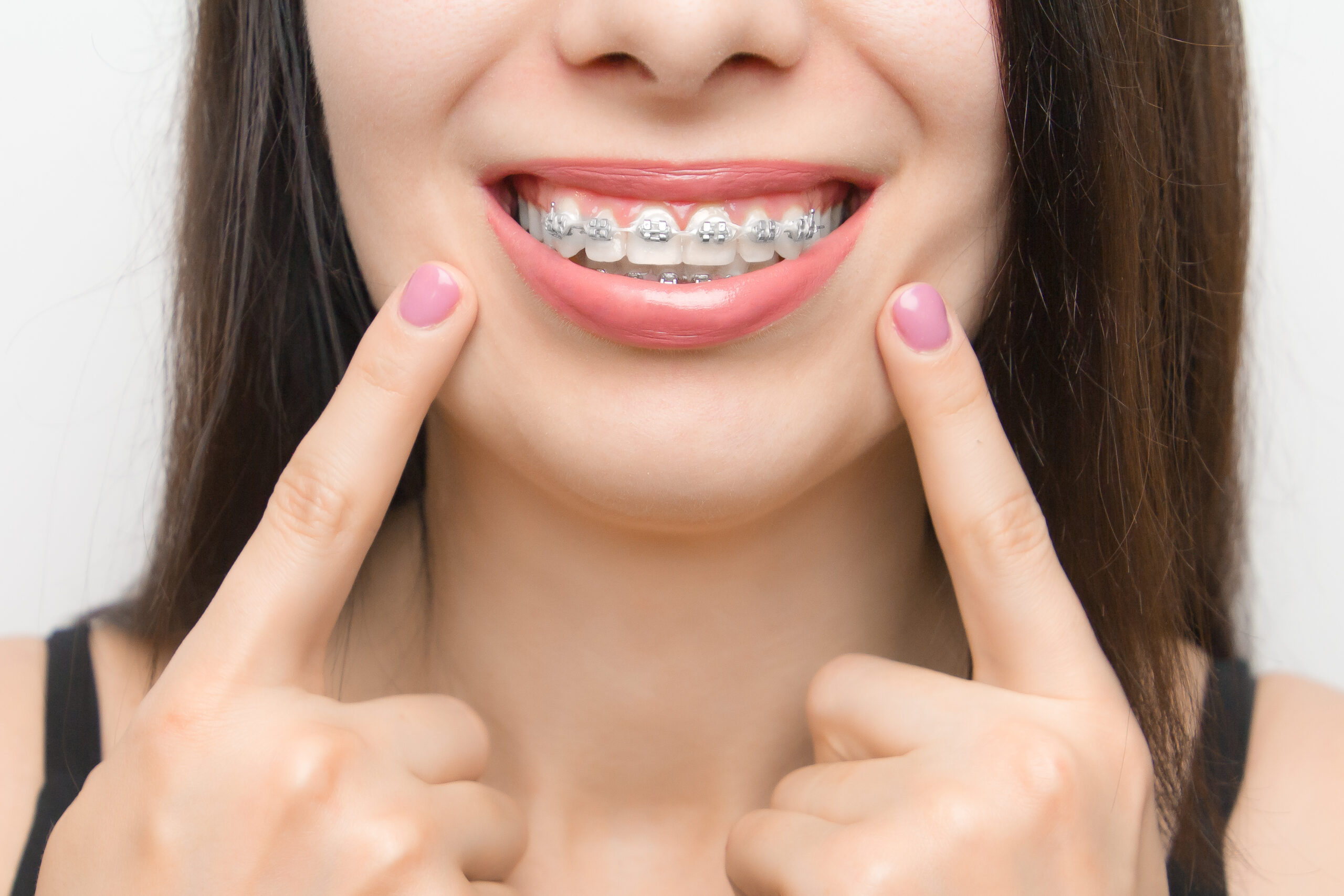If you feel self-conscious about your smile, it’s time to change that! It would be best if you saw an orthodontist to correct the malocclusion and crookedness of your teeth or reduce the space between them.
Braces are one of the best orthodontic treatments that can help fix bite issues, straighten your teeth, and improve the overall appearance of your smile. And the best thing is dental braces give you permanent results.
In this article, you’ll learn what dental braces are, how they work, and whether you need them.
What are Braces?
Dental braces can help correct problems with your teeth if they’re out of alignment.
The condition when your upper and lower teeth don’t fit together correctly, or the jaws are protruding over one another, is known as malocclusion. It can only be treated using orthodontic treatments, like dental braces.
Sometimes, patients may only want to undergo orthodontic treatment for cosmetic reasons. But in others, malocclusion can result in difficulty in speaking and also pain while chewing. The causes of malocclusion include genetics, tooth loss, trauma, and bad habits like thumb-sucking.
How Do Braces Work?
Dental braces work best for patients who are their growing ages, such as kids and adolescents. However, adult patients can also undergo this orthodontic treatment.
Dental braces provide constant pressure to the teeth and jaws to align your teeth into the desired position and change the smile. The archwire is held in its place by the brackets attached to your teeth. Due to the pressure, teeth gradually shift into the desired position.
It doesn’t hurt to get braces during the first dental visit; the whole process only takes one to two hours. But you’ll feel pain and soreness as your teeth adjust to the pressure during the first week. Moreover, you’ll feel sore for a few days after each adjustment.
Who needs Dental Braces?
You may need dental braces if you have the following:
- Spacing: There may be spaces or gaps between your teeth, which affect the appearance and result in food being stuck between your teeth.
- Crowding: When teeth are crowded, they may need to be adequately aligned or overlap.
- Crossbite: It occurs when the typical alignment of the upper and lower teeth is reversed. Generally, the alignment is outwards for the upper teeth and inwards for the lower teeth. This orthodontic issue may lead to impaired tooth function and may also cause damage to your cheeks and gums.
- Open bite: When the patient bites, there may be a noticeable space between the upper and lower front teeth because of improper alignment. It may lead to bad oral habits like tongue thrusting and mouth breathing and also affect the teeth’ function and appearance.
- Poorly aligned front teeth: Your front teeth may need to be more aligned if the upper teeth are excessively tilted towards the mouth’s roof or inclined forward with the lower teeth.
- Impacted teeth: They may remain buried in the jaw bone because they didn’t erupt or emerge in the mouth cavity at the right age. These teeth have a range of potential side effects, including cysts in the mouth and poor aesthetics.
- Traumatic bite: A profound or traumatic bite occurs when the upper and lower front teeth exhibit considerable overlap to the point where they push against one another or the palate when the teeth are brought together.
Orthodontic Treatment in Woden Valley, ACT, Australia
If you’re looking for the best orthodontic treatment in Woden Valley, ACT, Australia, visit the Garran Dental dental clinic. We have a team of highly experienced dentists and orthodontists who offer the best orthodontic treatments, including dental braces.
Contact our super-friendly customer service today and book your appointment.


